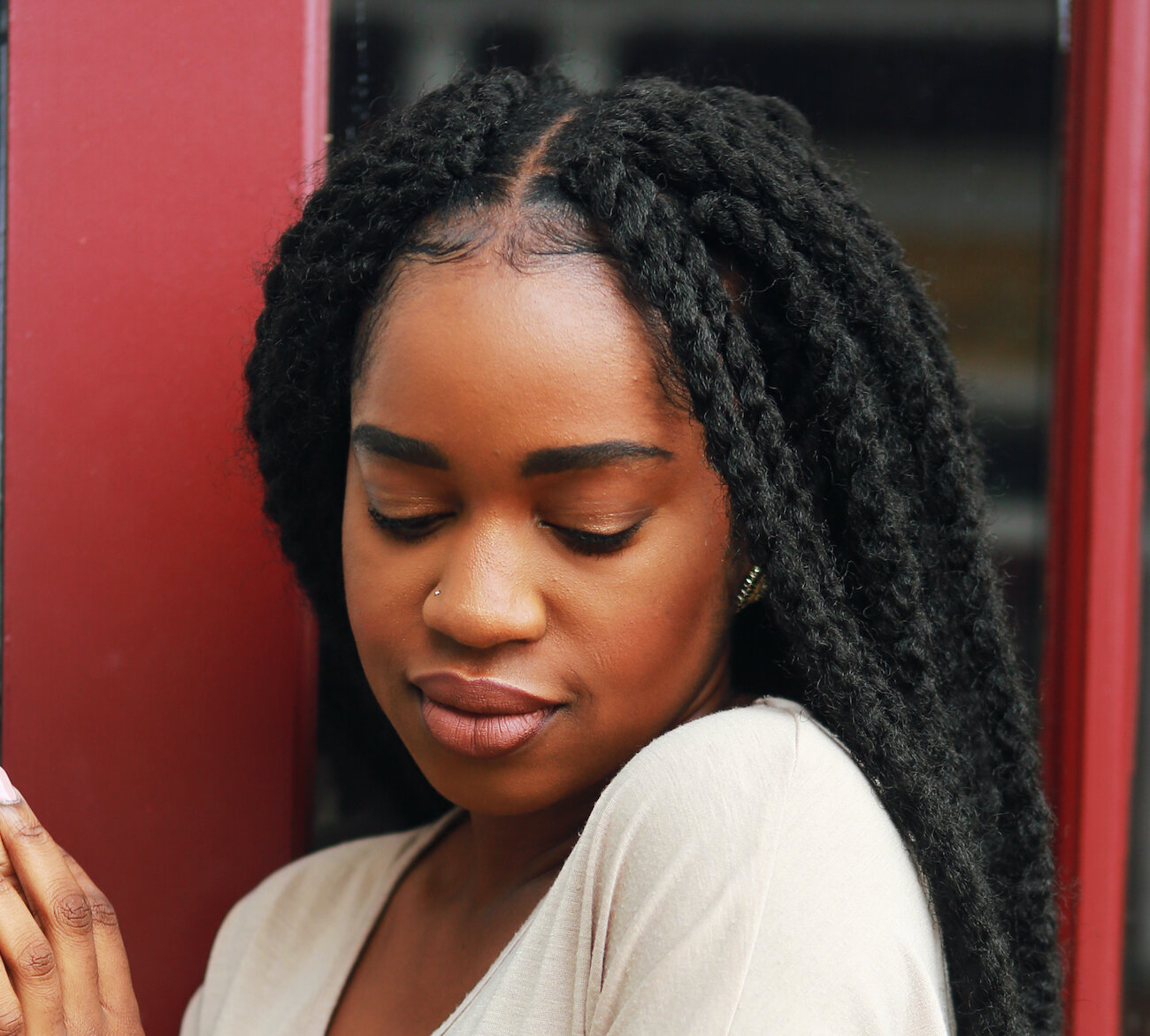Black women have been utilising protective styling options since the early days of human civilisation. Take braids, for example - it has been reported that the oldest known reproduction of human hair braiding goes as far back as 3500 BC.
In recent years, there has been a surge in the amount of protective styling options for Black women. There’s so much variety; we’re talking crochet braids, box braids, faux locs - the options are endless. The Black girl’s guide to buying synthetic hair will break down everything you need to know about this type of hair before you part with your hard earned cash.
What to look for
So what should we look for when purchasing synthetic hair? According to Adina Dixon, founder of Textured, a synthetic hair brand, it’s all about texture. “Unlike hair from your scalp or raw virgin hair, good synthetic hair should feel silky and smooth no matter which direction your fingers run up or down the strands.”
Sound plays a big part too. When you snap a single strand of hair it will make a high or low pitched sound based on the density, weight and structural integrity of the hair.
“A high pitched snap may speak to low density strands with poor structural integrity,” Adina goes on to say. “Weight plays an important role as thiner strands tend to be lower in density thus more likely to snap making the hair harder to work with. More modern production techniques will allow you to have lighter strands of hair without impacting the integrity of the hair. While it's not a hard and fast rule, the lower the snapping pitch, the higher quality the hair.”
Shopping for synthetic hair online
That’s all well and good if you can get to a shop, but what about when you are shopping online? “An online tip is the photography - are they original or stock photos?” advises Adina. “Stock photos scream "no" as any brand with a worthwhile product wouldn't use them. Instead they would use high resolution photos so you can get up close and personal with their products in the digital space. Look out for client camera pictures as they are often the most genuine.”
Hairdresser and founder of salon, Her Definition, Heather Dapaah, says, “Make sure the synthetic hair is from a reputable company or supplier and ensure the desired style looks as close to your natural hair colour and texture.’’
Is synthetic hair a quality product?
There’s this notion that synthetic hair is cheap in terms of quality and will probably start to tangle and mat within a number of days of the hair being styled.
Adina disagrees and believes synthetic hair is a quality product. “I would say the benefits are the affordability compared to raw hair,” she says. “While raw hair will cost in the hundreds, synthetic hair simply will not. This gives us an opportunity for affordable protective styles. Contrary to common belief, you can get multiple uses from synthetic hair. For example, I have used the same hair for a ponytail (straight and curly) before using the hair as braids. Thats over a month of protection for natural hair with varied styles in between.”
Is synthetic hair damaging our health?
But for those who prefer the less expensive hair options, could our choices be harming our health? Over the past few years, there has been talk of synthetic hair containing toxins. “Synthetic hair is similar to the the afro hair industry - as consumers we have no idea who makes our products or how,” says Adina. “Many of our hair products exist in unregulated markets or don't breach the threshold for concern.”
“It’s not only about the chemicals used, it is about the amount a person is exposed to a substance and the frequency of exposure,” Adina goes on to say. "The synthetic fibre market has been dominated by Kaneka since the late 50s and their stronghold on the market can limit the ability to find synthetic fibres that aren't produced by them but others do exist.”
Is there anything we can do to protect ourselves from toxins?
Social verification and proof is your friend in this instance and the brand should be trying to answer your very valid questions.
“Start by asking your supplier what’s in their products specifically,” advises Adina. “You can broaden your question by asking if the hair made from "kanekalon fibers". While its’ unlikely that a company will give you their complete formula they should be open to dialogue.”
You can also protect yourself by washing the hair before you use it. Heather recommends using apple cider vinegar, “This mixed with water is the secret. Leave hair extensions in this mixture for around 30 minutes, then rinse it with water. Then leave to dry for 24 hours before you use it.’’
Whether you buy synthetic hair from a mass market brand or a small boutique one - you have a right to demand products that make you look and feel great.









